Globally, the heating sector makes a significant contribution to CO2 emissions, comprising nearly 40% of energy-related emissions in 2021 according to the International Energy Agency. That’s why policymakers across the world are searching for solutions to reduce the use of fossil fuels and their associated climate impacts – and the Cool Heating Coalition is here to help!
Cool Heating Coalition member the Regulatory Assistance Project (RAP) has just released the ‘Clean heat standards handbook’ a brand-new guide to an innovative policy instrument. This clear and insightful guide is a must-read for anyone – especially policymakers and decisionmakers – looking to get clued in about the where and the how of clean heat standards.
Coupled with complementary policies, clean heat standards act as a market mechanism to help accelerate the transition away from fossil fuel heating. Clean heat standards place a quantitative target on market actors (energy network companies, energy suppliers and manufacturers of heating equipment) to decarbonise heating and crucially, provide some flexibility in how to achieve the targets.
Clean heat standards are already discussed or in use in France, Ireland, the United Kingdom and the United States. These tools can complement other clean transition policies – for instance appliance standards and bans can directly rule out certain technologies from the market – while clean heat standards could provide a positive target for market actors to meet.
Stay tuned! We’ll be taking a deep dive into clean heat standards in the coming weeks.

